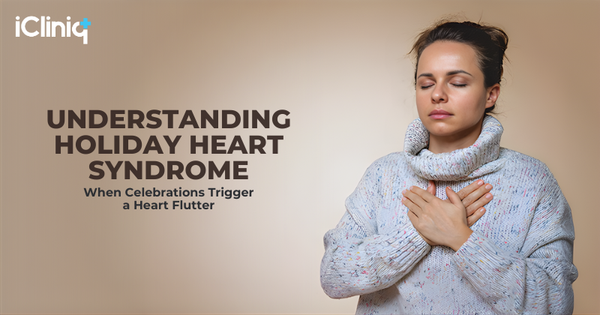Eye Know You Know - What You Should Know, This Eye Donation Fortnight

If you have known what it is to gain an education based on printed words, you can see, watch a sunset, or navigate your way through places without fear; you are probably blessed with the gift of sight. One out of your five essential senses is all present and accounted for. Not everyone is quite so lucky – but what if they could be given a new lease on life? If your humanity is stirring, we have the answers…
1. I Spy the Problem

Before going into details on how you can help, you need to learn why you should help. Did you know that developing countries put blindness somewhere at the top of their public health priority lists? Nearly five percent of the global population suffers from blindness due to corneal disease, and it is the younger age group (below 50 years of age) that typically presents with this particular form of blindness. Now, it is a crying shame that people who have so much to live for have to give up on chasing some dreams simply because they have a condition that could be corrected. Yes, you read that right. Corneal blindness is most often a correctable problem.
2. The Solution

Ideally, when you are looking to correct corneal blindness, your solution is going to be a corneal transplant surgery. That also means there need to be corneas for transplantation, which begs the question, “where do the corneas come from?” The answer: eye donation. This is where anyone with a good heart, a relatively clean bill of health, and a healthy acceptance of their own mortality can sign up to donate their eyes after death. The bonus – Two people can benefit from one person’s kindness.
3. Eye Donor See, Eye Donor Do?

The tricky bit, though, is the limited number of eye donors. Eye bank teams cannot just roll up at random houses with deceased members and remove their eyes. They need to have been authorized by the deceased person or their guardians previously. Plus, it is a mad race against time. The procedure involved (called a corneal excision) needs to be performed within an hour (preferably) to six to eight hours of death. This also means a probable decrease in the number of donor sign-ups who actually make it to the donor list. Therefore, fewer corneas. The only way to combat this is to have more people sign up as donors. Eye banks thrive in numbers.
4. Need Convincing? No Problem!

Maybe you have questions about your suitability as a donor, or you heard from a friend of a friend that eye donation could turn your face into a dead ringer for a horror movie creep. The answer to the second part is no. You will not look odd, your face will not look any different, and you also get a transparent eye cap to replace the eyeball. As far as your suitability goes, here is what you need to know – your age, blood group, and gender do not matter. Poor eyesight is not an issue. Conditions like diabetes and asthma make no difference; you can still donate. Here is when you cannot donate – if you have conditions like AIDS, communicable diseases, leukemia, other blood-borne cancers, and viral illnesses.
5. Where Do I Sign Up?

If you are ready to take that next step, here is what you do – Get a pledge form, fill it out, and send it to your nearest eye bank. You get an eye donor card in return, and you are all set. Now, make sure you tell a family member or friend about this so they know to call the eye bank when it is time.

“National eye donation fortnight” is here. From 25th August to 8th September, you may come across campaigns on eye donation and receive motivational messages. This time, pay attention. You lose nothing by donating your eyes. Instead, your eyes gain more time to see the world through two different people. It is a win-win.





